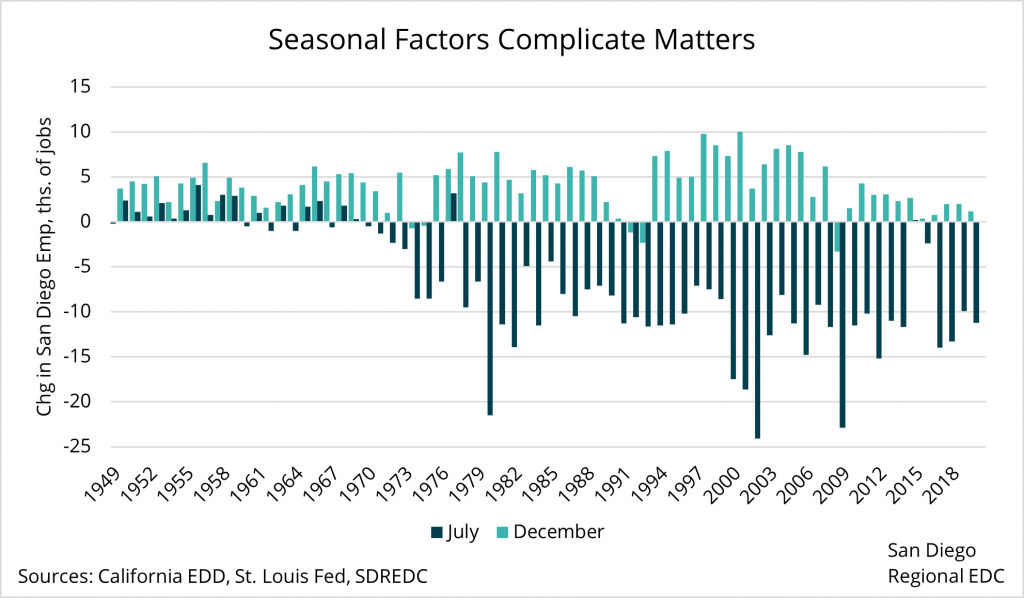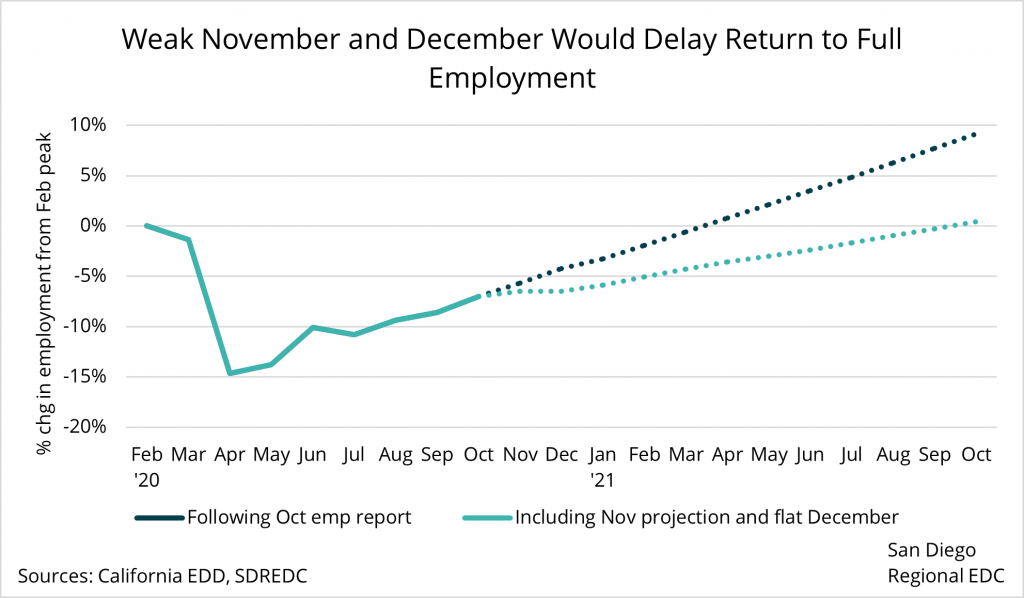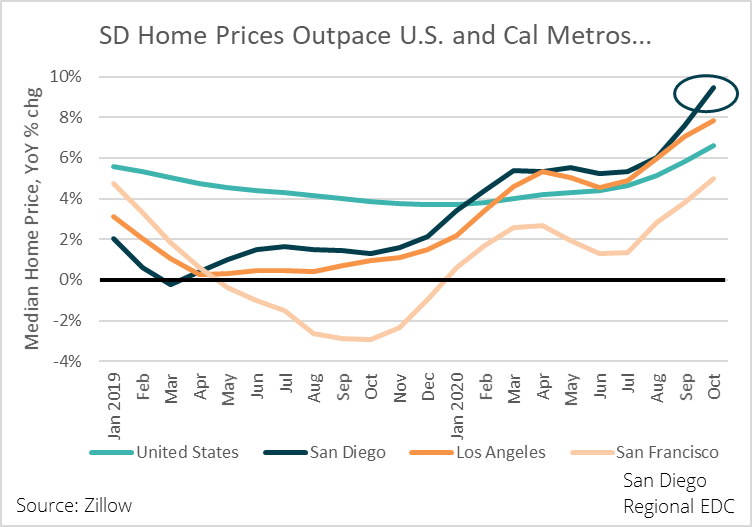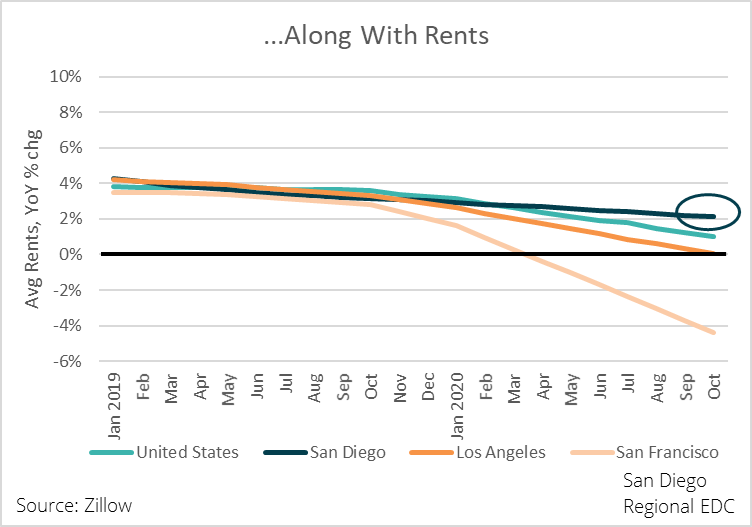A marketing initiative of EDC and the five cities along the 78 Corridor, Innovate78 serves to spotlight the businesses and innovators that make our region competitive.
Today, Innovate78 released a new report, The Future of Manufacturing in North County, which finds the industry will continue to prove its resiliency and positive economic impact in the region—even amid trends in automation, globalization and COVID-19 ramifications. According to the study, manufacturing accounts for $18 billion annually (or seven percent) of the area’s economy, and while many of the 813 local manufacturing firms were impacted by coronavirus, 58 percent of survey respondents are looking to increase their space.
The study analyzes trends in employment, which is concentrated in high-value goods like computer and electronic product manufacturing. This sub-industry specifically accounts for nearly one-third of all manufacturing jobs in North County, with 12,746 employees of the total 40,151 jobs reported in the study. This number is expected to grow nearly six percent in the next five years—continuing to position manufacturing as a key driver of North County’s economy.
Flux Power, a company represented in the study that manufactures advanced lithium-ion battery for industrial and commercial equipment, increased both their staff and revenue in 2020 amid the pandemic. With more than 100 employees, the Vista-based company is now looking to increase both its production and nonproduction space within the region.
“The need to be efficient, safe and environmentally-conscious is high, especially now, as businesses plan for post-COVID-19 recovery,” said Chuck Scheiwe, chief financial officer of Flux Power. “Manufacturing products that empower others to improve their day-to-day efficiencies will be critical in our industry and region’s future growth, and we’re proud to be part of it.”
The study reports that during COVID-19, North County manufacturing companies were undoubtedly impacted by the pandemic, with 43 percent of respondents reporting a loss of revenue in 2020. Looking at net growth, however, there was a reported one percent increase in manufacturing jobs, with 186 manufacturing jobs lost and 956 gained as noted by respondents. Most job losses were in medical manufacturing, while most job gains were in machinery manufacturing.
One company that reported job gains is Quik-Pak, an Escondido based computer and electronic manufacturing company. In addition to anticipating upscaling facilities in the future, during COVID-19 Quik-Pak hired staff and reported increased revenue.
“The strength of the manufacturing industry in North County San Diego is one of the reasons we wanted to expand here,” said Rosie Medina, vice president sales and marketing of Quik-Pak. “The talent pool is rich, and there is space to grow. We appreciate that not every region has both of these critical components that are needed for our industry to thrive.”
Automation, globalization and COVID-19 are obvious pressures affecting North County’s manufacturing industry. However, as Quik-Pak and Flux Power note, the need for innovation and talent remain strong. There are 9,804 manufacturing jobs with a higher-than-average risk of automation—that’s nearly 24 percent of all North County manufacturing jobs. Investment in upskilling and re-training will be needed to help move these workers into other quality jobs over time.
“From craft beer to surfboards, to life-changing medical devices and technology services, manufacturing has long been a pillar of the region’s economy, with impacts spanning beyond our community,” said Jordan Latchford, research manager of San Diego Regional EDC, the study author and managing entity of Innovate78. “This study confirms the manufacturing industry in North County is poised for a strong recovery, and will remain a significant economic driver for the San Diego region.”
LEARN MORE ABOUT SAN DIEGO’S MANUFACTURING INDUSTRY
You might also like to read:





